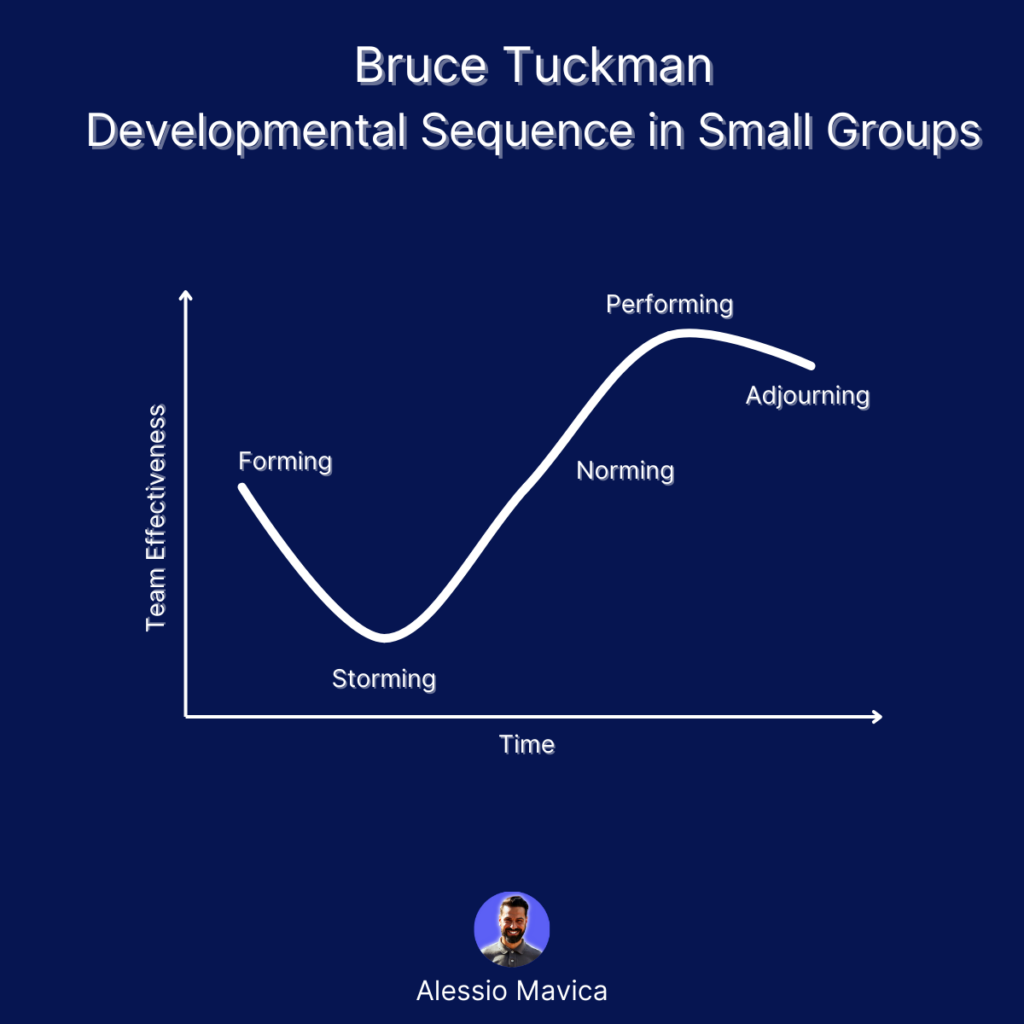Revolutionizing Client Communication with Automated Reporting
Overview of Automated Reporting
Are you finding it increasingly tough to keep your clients in the loop amidst the chaos of managing multiple projects? Welcome to the world of automated reporting—a transformative method not only designed to streamline your workload but also to elevate the client experience.

Why Efficient Reporting Matters
Effective client communication is more than just a check-box; it’s a cornerstone of successful project management. Reflect for a moment—how many times have you found yourself scrambling to assemble a report at the last minute, only to discover a glaring error or a missing data point during the client meeting? That’s where automated reporting comes in, providing accurate, on-time updates that can seamlessly integrate with your ongoing workflows.
Consider this: a comprehensive automated reporting tool can gather data from your project management system, compile it into digestible formats, and deliver real-time insights to your clients. Imagine sending a detailed progress update with just a few clicks—no more late-night sessions poring over spreadsheets. This efficiency is echoed in our [overview of the future of project management](https://agencydots.com/blog/automated-client-reporting-the-future-of-project-management/), which explores how automation stands to revolutionize client relationships.
Moreover, clients today are more discerning. They expect up-to-date, precise information delivered without delay. Delivering on these expectations doesn’t just make your job easier—it fosters trust and transparency, critical components for long-term client retention. The methodology of automated reporting minimizes the risk of human error, ensuring your data is always reliable and consistent. For a deeper dive into why this is pivotal, our article on [skyrocketing project reporting impacts](https://agencydots.com/blog/skyrocket-the-impact-of-software-development-companies-project-reporting/) sheds light on real-life examples and success stories.
Key Benefits of Automated Reporting
Improved Accuracy and Reduced Errors
Think back to the last time you discovered a costly error in a client report. Frustrating, right? Automated reporting eradicates these issues. By pulling real-time data directly from your systems, errors introduced through manual entry become a relic of the past. Why gamble with accuracy when automation ensures your reports are always spot-on?
Time Savings for Project Managers
Imagine reclaiming those hours spent painstakingly crafting client reports. Automation takes this task off your plate, freeing up valuable time for strategic planning and client engagement. A colleague recently shared how transitioning to automated reporting saved them an entire workday each week. That’s significant time reallocated to high-value activities.
Increased Client Satisfaction
Your clients demand timely, accurate updates, and rightly so. Automated reporting tools enable you to meet these expectations effortlessly. Clients receive consistently formatted, data-driven insights, reinforcing their confidence in your agency’s capabilities. This boost in trust can transform a good client relationship into a great one.
Boosting Project Visibility and Transparency
One of the most significant advantages is enhanced project visibility. Automated reporting makes it incredibly simple to highlight project progress with clear, metrics-driven updates. For instance, our internal dashboard at AgencyDots transformed project visibility overnight. If you’re intrigued, the detailed guide on boosting project visibility is a must-read.
Emerging Trends and Case Studies
Reflecting on recent industry trends, automation in reporting is no longer optional; it’s essential. I recall a discussion during a recent symposium where a case study highlighted how automated reporting drove a 25% increase in client satisfaction scores within six months. Such stats are compelling. For a bit of historical context, you might find the Wikipedia entry on report automation illuminating. It’s fascinating to see the journey of this technology.
Challenges in Adopting Automated Reporting
Initial Setup and Training Costs
Now, you might be thinking, “Sure, automated reporting sounds great, but what about the costs and effort to set it up?” It’s a valid concern. The initial financial outlay and the time required to train your team can be daunting. However, consider this an investment. The return on this investment often comes in the form of significant time savings and greater accuracy down the line. In the long run, the efficiencies gained often outweigh the upfront costs.
Resistance to Change Within Teams
But here’s the thing—resistance to change is another common roadblock. Team members, accustomed to traditional methods, may balk at new processes. The solution? Early and open communication is key. Involve team members in the transition process from the get-go. Highlight the benefits, provide comprehensive training, and offer continuous support. Remember that change management is a gradual process, not a one-time event.
Managing Data Privacy Concerns
Another challenge is managing data privacy concerns. Automated reporting systems handle vast amounts of sensitive data. Understandably, there are concerns about how securely this data is managed. This is where robust security protocols and compliance with industry standards come into play. Tools like encryption and regular security audits are non-negotiables. For those who want to dive deeper into how to mitigate these risks, consider exploring our in-depth article on data silos and data management best practices.
Overcoming Common Challenges
Strategies for Smooth Transition
Let’s talk solutions. Start small with a pilot program and gradually roll out automated reporting across the organization. This phased approach allows you to iron out kinks and gather feedback, making the overall transition smoother and less intimidating.
Training and Empowering Your Team
Empower your team with thorough training. Leverage a mix of online tutorials, hands-on workshops, and Q&A sessions to ensure everyone is on board and confident in using the new tools. Consider creating ‘super-users’ who can champion the change and assist their peers.
Addressing Security and Compliance Issues
Addressing security and compliance issues is a priority. Choose solutions that offer end-to-end encryption and meet compliance requirements such as GDPR or HIPAA. Regular security audits will also help in maintaining robust data protection protocols.
The Future of Automated Reporting for Clients
Emerging Trends and Technologies
As we look toward the future, it’s clear that automated reporting is not just a temporary trend but a significant shift in how we manage client communications. With emerging technologies like AI-driven analytics and real-time reporting tools, the landscape is only going to get more dynamic. Reflecting on our journey, we’re reminded that effective automation can be the linchpin for seamless, transparent communication.
Long-Term Benefits for Agencies and Clients
Long-term, the benefits of automated reporting are profound. Imagine a future where every report is meticulously accurate, delivered on time, and perfectly aligned with your client’s expectations. The time saved, the trust built, and the efficiencies gained—not to mention the peace of mind—are invaluable. It’s more than just improving workflow; it’s about transforming how we engage with clients on a fundamental level.
Final Thoughts & Encouragement to Adopt Automation
We began this discussion with the promise that automated reporting could revolutionize client communication. As we wrap up, it’s evident that this promise is not only achievable but essential for modern project management. The path to adopting automation might be fraught with challenges, from initial setup costs to resistance within your team. But, let’s face it—every great leap forward involves a bit of a hurdle. The key takeaway? Don’t let the initial obstacles deter you. Embrace the change, and you’ll find that the benefits far outweigh the drawbacks.
About AgencyDots
How AgencyDots Can Help
At AgencyDots, we’re dedicated to making your project management as efficient and effective as possible. Our tools, including advanced automated reporting features, are designed specifically to meet the unique needs of software development agencies. We understand the challenges you face and have crafted solutions to help you overcome them.
Next Steps for Interested Companies
If you’re ready to transform your reporting process, we’re here to assist. Speak to one of our specialists to see how you can integrate automated reporting seamlessly into your workflow. Curious to learn more? Visit our Contact Us page.
Ready to Transform Your Reporting Process?
So, take a moment to think about your current reporting setup. Is it giving you the results you need, or could there be a more efficient way? Reflect on the potential for change—sometimes, the leap of faith into automation can be the most professionally rewarding move you make. After all, isn’t it time your reporting process worked as hard as you do?
Additional Resources
For further exploration, check out the linked articles and downloadable guides. The “3 ways a PMS can limit your project success” guide offers invaluable insights for project managers.
FAQs About Revolutionizing Client Communication with Automated Reporting
1. What is automated reporting and how can it transform client communication?
Automated reporting involves using software tools to compile, generate, and deliver reports without manual intervention. This method can revolutionize client communication by ensuring timely, accurate, and data-driven updates, thereby fostering trust and transparency in client relationships. For more details, read our comprehensive guide on the future of project management.
2. How does automated reporting improve accuracy and reduce errors?
By integrating directly with your project management systems, automated reporting tools eliminate the risk of human error associated with manual data entry. This ensures that your reports are always precise and consistent, saving you time and enhancing the quality of the information you share with your clients.
3. What are the initial challenges in adopting automated reporting for my agency?
Initial setup and training costs, resistance to change within your team, and managing data privacy concerns are some of the common challenges. However, these can be mitigated through proper planning, comprehensive training, and robust security protocols. Curious about real-life examples? Check our article on how automated reporting impacted software development companies.
4. How do I choose the right automated reporting tool for my needs?
When selecting an automated reporting tool, consider factors such as integration capabilities, customization options, user-friendliness, and data security features. It’s vital to pick a tool that aligns well with your existing systems and meets your specific client needs.
5. What long-term benefits can I expect from adopting automated reporting?
Long-term benefits include significant time savings, improved accuracy, enhanced client satisfaction, and better project visibility and transparency. Automated reporting can transform how you engage with clients, making your agency more efficient and boosting overall client trust.
Try AgencyDots for free!
Control your entire project portfolio from one place.
Make your software development agency efficient.
No credit card required.

